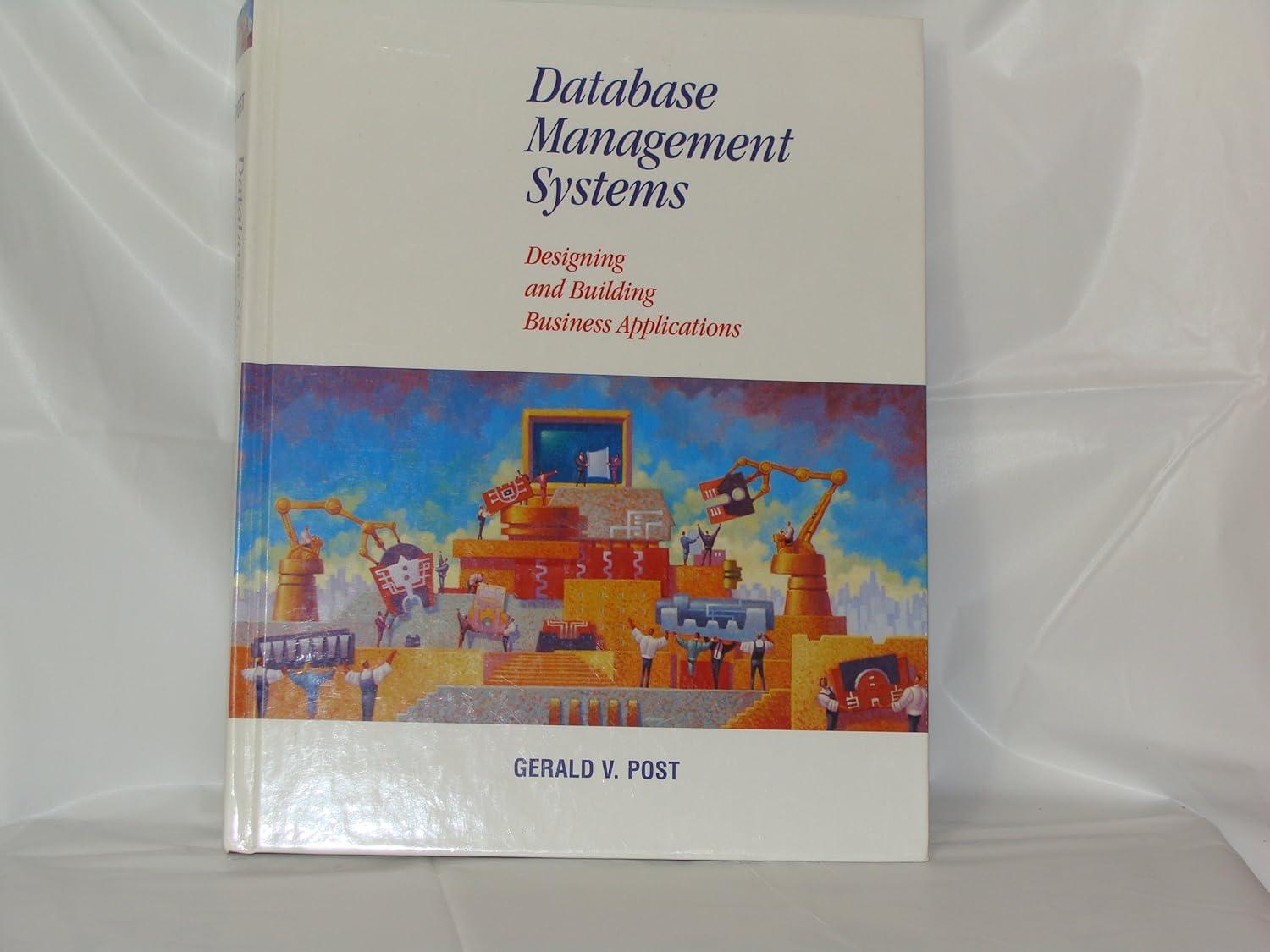Answered step by step
Verified Expert Solution
Question
1 Approved Answer
Can't do 4 . 6 / / This header file provides exact - width integer types that allow for / / cross - platform portability.
Can't do
This header file provides exactwidth integer types that allow for
crossplatform portability.
#include
This header file provides functions that interface with standard
input and ouput.
#include
This header file provides functions to control serial output on the
QUTy.
#include "qutyserial.h
This is the main function. It is the entry point for a C program.
int mainvoid
This function configures serial communication on the QUTy.
serialinit;
EX:
C is a strongly typed language in which variables must be declared
with a type.
The syntax for declaring a variable is:
;
We can also initialise a variable with a value using the syntax:
;
TASK: Write C code below to declare a variable called crelease"
that represents an unsigned bit integer, and initialise this
variable with the year that the C programming language was released.
unsigned short crelease ;
CODE: Write your code for Ex above this line.
TODO: Uncomment the line below after Ex is completed.
printfC was first released by Dennis Richie in the year u
crelease;
EX:
C provides a number of arithmetic, logical and bitwise operators
for performing operations on expressions.
Below is a partially implemented block of code that assigns a value
equal to the last two digits of your student number to the variable
"result".
TASK: Initialise the variables x and "parity" such that "result"
is assigned a value equal to the last two digits of your student
number.
EXAMPLE: If your student number was n then "result" should
be assigned the value
intt a ;
intt b ;
intt c ;
CODE: Write your code for Ex below this line.
intt x ;
uintt parity ;
CODE: Write your code for Ex above this line.
uintt result;
if parity
result b a x c ;
else
result b a x c;
printfThe result is u
result;
EX: aaaaaaaaa
Neptune's orbital period around the Sun is approximately
days, or years.
TASK: Modify the expression below to increment the variable
"secondssinceepoch" to the time of Neptune's next orbit after the
UNIX epoch, using the approximate orbital period of days.
secondssinceepoch ;
CODE: Write your code for Ex above this line.
printf
"Time of Neptune's next orbit after the UNIX epoch: lulu
inttsecondssinceepoch
inttsecondssinceepoch
;
END OF TUTORIAL EXERCISES
DO NOT EDIT BELOW THIS LINE
while
; Loop indefinitely
The secondssinceepoch was declared earlier in the code as an intt And you cannot change the type of secondssinceepoch. And there is a certain area where I have to edit to make this work for
Step by Step Solution
There are 3 Steps involved in it
Step: 1

Get Instant Access to Expert-Tailored Solutions
See step-by-step solutions with expert insights and AI powered tools for academic success
Step: 2

Step: 3

Ace Your Homework with AI
Get the answers you need in no time with our AI-driven, step-by-step assistance
Get Started


